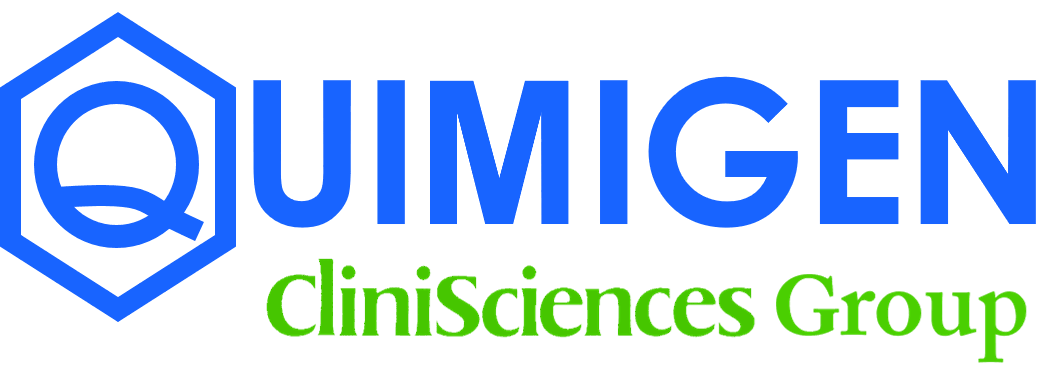Serum-free and chemically defined media have become essential in modern cell culture applications where control over the growth environment is crucial. These media are formulated without fetal bovine serum (FBS) or any undefined biological components, offering a fully controlled environment for mammalian cells. Such media allow for reproducibility, consistency, and high scalability in research, production, and therapeutic applications, where precise conditions are required for cell growth, differentiation, and gene expression.
Chemically defined media ensure that every nutrient and growth factor is known, minimizing variability and providing greater quality control in experiments. They are especially important for biopharmaceutical production, stem cell research, and tissue engineering, where precision is paramount.
Advantages of Using Serum-Free and Chemically Defined Media
-
Reproducibility: By eliminating undefined components, these media provide consistent conditions that lead to more reliable and reproducible results, making them ideal for high-throughput screening and large-scale production.
-
Reduced Risk of Contamination: Serum, being a complex mixture, can carry potential pathogens and variability that affect cell culture results. Serum-free media mitigate these risks.
-
Optimization for Specific Applications: Many of these media are optimized for specific cell types, enabling more efficient cell culture growth and productivity in specialized applications, such as stem cell research or biopharmaceutical production.
-
Cost-Effective: While initial costs may seem higher, eliminating the need for serum can ultimately reduce overall costs in cell culture experiments, especially in large-scale production.
-
Regulatory Compliance: Many chemically defined media are suitable for applications that require strict regulatory standards, such as the production of therapeutic proteins or cell therapies, where consistency and traceability are critical.





